
|
|
|
| synonym |
|
| description |
A banded species with a yellow or white dorsum and a red, orange, or brown color pattern. There are two parallel orange submedial lines on the head with a pale midline, though this can sometimes be fused into a single thicker mark. The body has three dark transverse bands- on the thorax, middle of the wings, and wing tips. The thoracic band, which extends across the upper part of the mesonotum/scutellum and most of the pronotum, is brownish-red; the apex of the scutellum is contrastingly pale. The anterior side of the band facing the vertex typically fades into the head. The band across the wings is a pale red, as if someone has erased the color of the band; this is key for the species. The wing tips are dark gray to blackish. There is a large blue to black spot on the costal margin of each wing, and a distal spot in the second apical wing cell. The face and underside of the thorax are completely pale. Adults are 3.0-3.2 mm long. (Dmitriev & Dietrich, 2007)
For more pics of this species, see: BG. |
| distribution |
Eastern United States (3I) |
| abundance |
Recently recorded in the state, known from several counties in the Piedmont and Coastal Plain; likely more abundant in the right habitat. |
| seasonal_occurrence | |
| habitat |
Has been found in mixed hardwood forest. |
| plant associates |
Vitis sp. (3I) |
| behavior |
Can be attracted at night with a light. |
| comments |
This species perhaps is most similar visually to E. diva and E. tricincta, as if it is a hybrid of those two species. Note the "erased" middle band across the wings, and overall paler dark areas in E. carinata. |
status |
[Native:]
[Introduced:]
[Extirpated:] | | list_type |
[Official:]
[Provisional:] |
| adult_id | Unmistakable and widely known Identifiable from good quality photos of unworn specimens
Identifiable from photos showing undersides, or other specialized views [e.g., legs, face]
Identifiable only by close inspection of structural features or by DNA analysis NULL |
| nymph_id | Unmistakable and widely known Identifiable from good quality photos, especially where associated with known host plants
Identifiable from close inspection of specimens or by DNA analysis
Identifiable only through rearing to adulthood NULL |
| G_rank |
|
| S_rank |
|
| rank_comments |
|
| tribe |
Erythroneurini |
| subgenus |
|
Species Photo Gallery for Erythroneura carinata No Common Name |
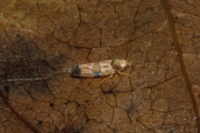 | Photo by: Scott Bolick
Guilford Co.
Comment: | 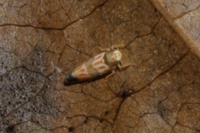 | Photo by: Scott Bolick
Guilford Co.
Comment: |
 | Photo by: Scott Bolick
Guilford Co.
Comment: | 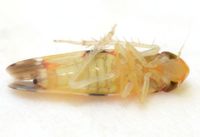 | Photo by: Kyle Kittelberger
Wake Co.
Comment: mixed hardwood forest habitat |
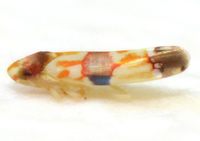 | Photo by: Kyle Kittelberger
Wake Co.
Comment: mixed hardwood forest habitat | 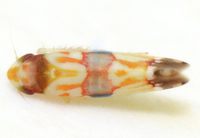 | Photo by: Kyle Kittelberger
Wake Co.
Comment: mixed hardwood forest habitat; first state record |
 | Photo by: Scott Bolick
Montgomery Co.
Comment: | 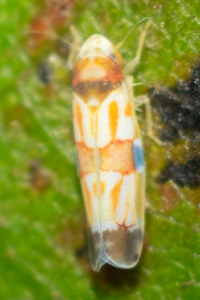 | Photo by: Scott Bolick
Montgomery Co.
Comment: |
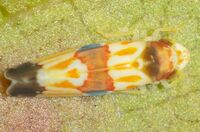 | Photo by: Scott Bolick
Montgomery Co.
Comment: |  | Photo by: F. Williams, S. Williams
Gates Co.
Comment: MEMI |
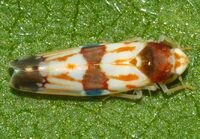 | Photo by: Scott R Bolick
Guilford Co.
Comment: | 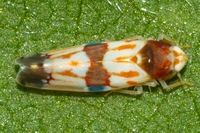 | Photo by: Scott R Bolick
Guilford Co.
Comment: |
|

 »
»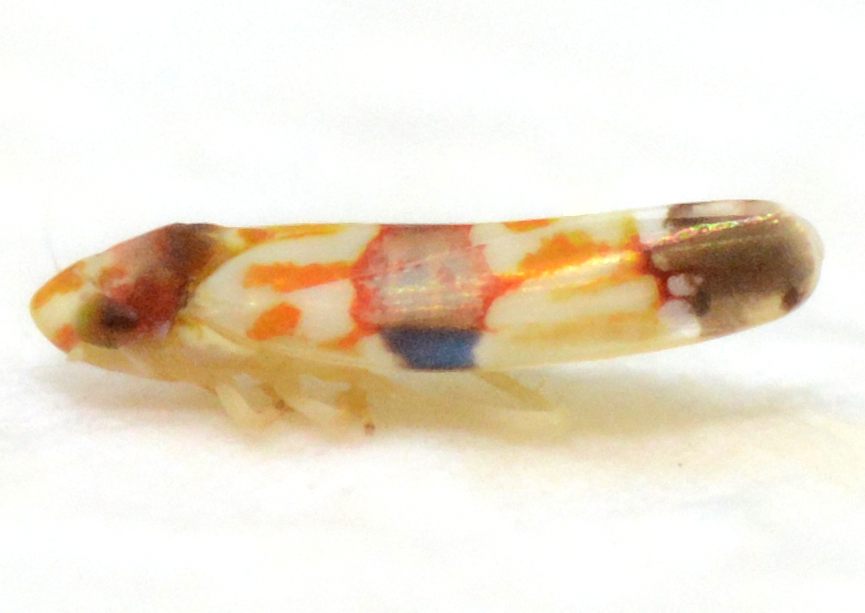
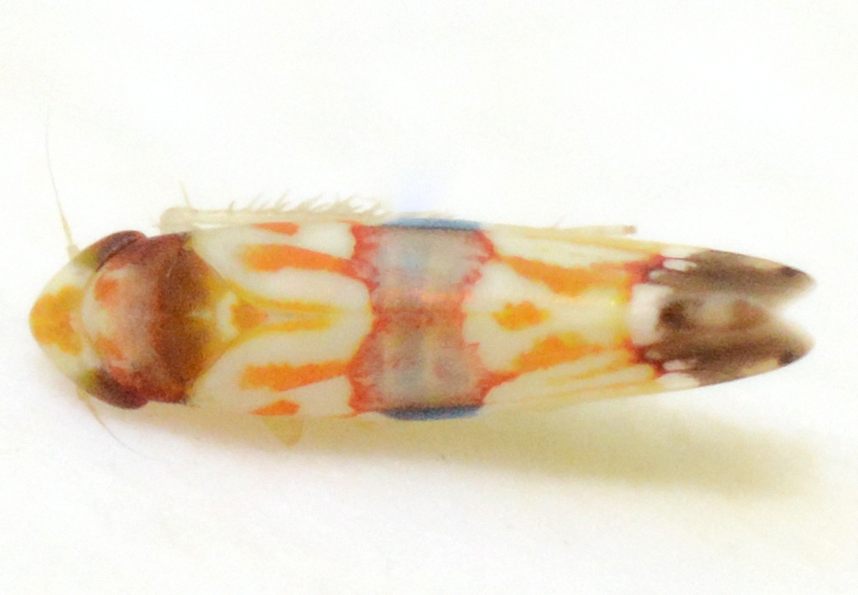



 »
»


